Powerplay 26: A tale of three mating attacks!
Nigel Short once said, "Modern chess is too much concerned with things like pawn structure. Forget it, checkmate ends the game!" The art of checkmating our opponent is something that we learn when we are young. But once we know what checkmate is all about, we hardly go back to that subject. In order to ensure that you polish your art of pattern recognition related to mating attacks, Daniel King has come out with his latest Powerplay DVD - Powerplay 26. It's named as checkmate challenge - essential knowledge. In order to tell you what this DVD is all about, IM Sagar Shah takes you on a journey of three tales. Three tales of mating attacks by players of three different generations!
Checkmating your opponent is an extremely important art! Because when you checkmate your opponent, you end the game. When you were young and taking your initial steps in the game of chess, you studied a lot of mate in one move and two moves and that helped your pattern recognition. Whenever you saw similar positions arising in your game, you would draw the knowledge that you had gained by solving those mate problems and you would try to execute them over the board! Things were going quite successfully for you!
But once you start improving, there are other parts of the game that need to be fixed. Your opening repertoire is not upto the mark, how does one mate with bishop and knight, the art of prophylaxis is important, how to launch the minority attack and so on. Checkmating the king becomes more of an exercise that you try to solve on the board during the game, rather than in the study room. Yet, the truth remains the same - checkmate ends the game! So, how about trying your hand at polishing this art. Why not practice pattern recognition related to some of the most common checkmates that occur in the game of chess! Let me clarify with a tale of three checkmates:
The tale of three checkmates:
Tale no.1: Lasker vs Bauer
Lasker vs Bauer
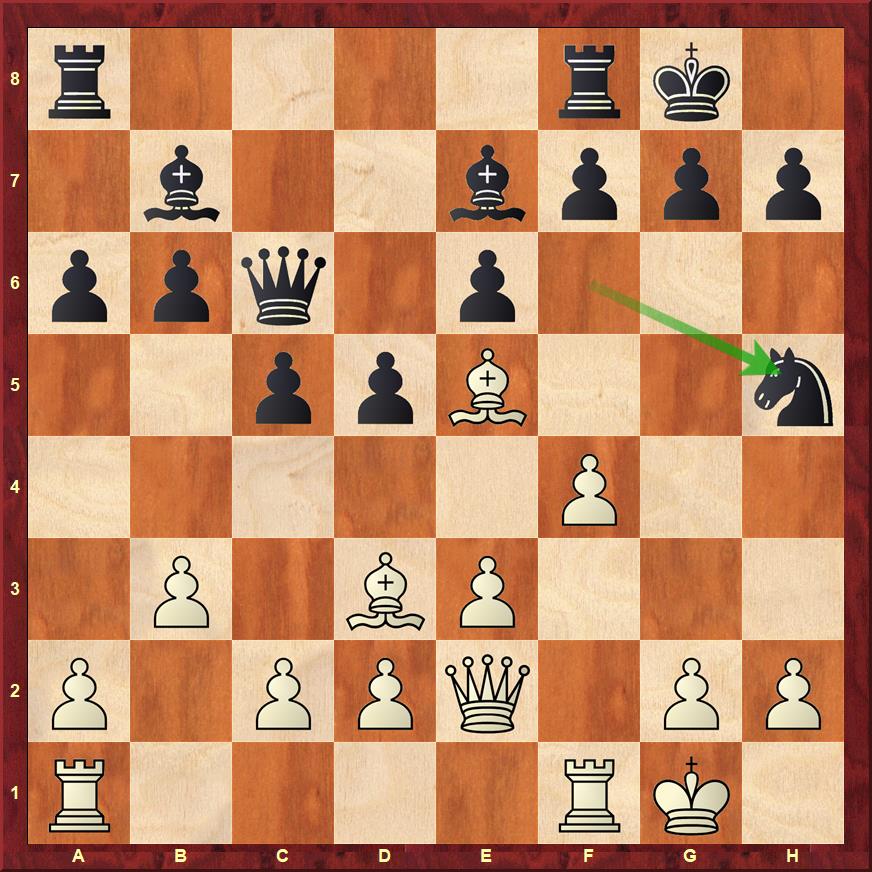
Lasker picked up the pawn on h7 with a check. 15.Bxh7+! Kxh7 16. Qxh5 Kg8. The first wave of storm is over. Now what do you do?
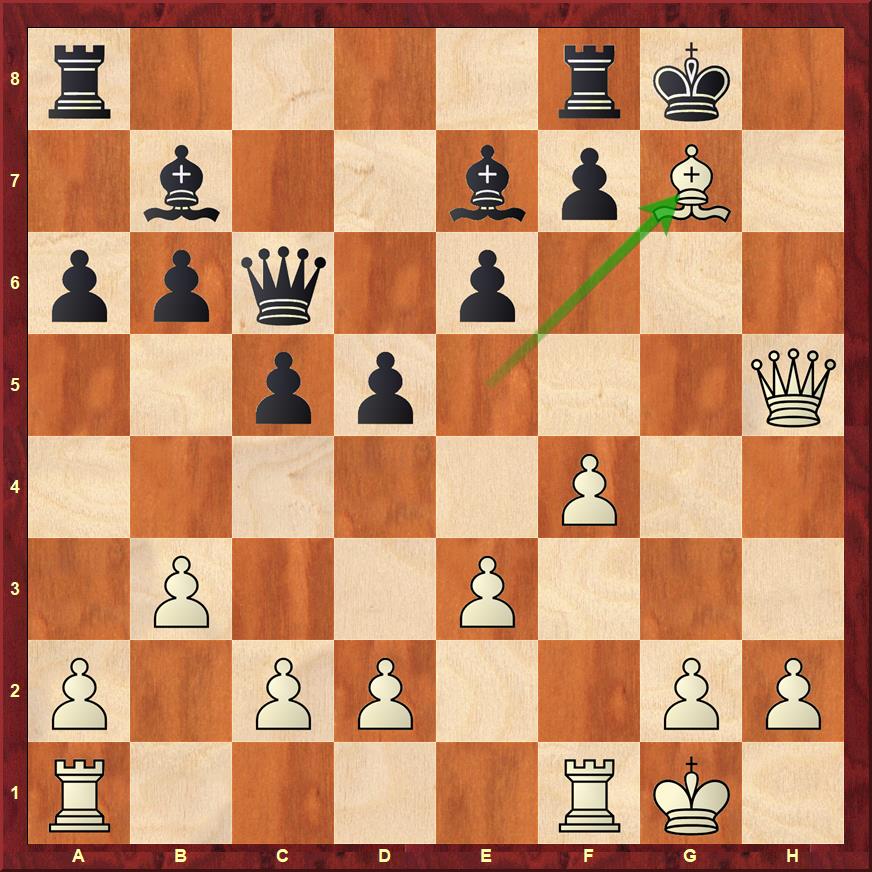
Black takes the bishop 17...Kxg7 18.Qg4+! A small finesse pushing the king to the h-file. 18...Kh7 and now?
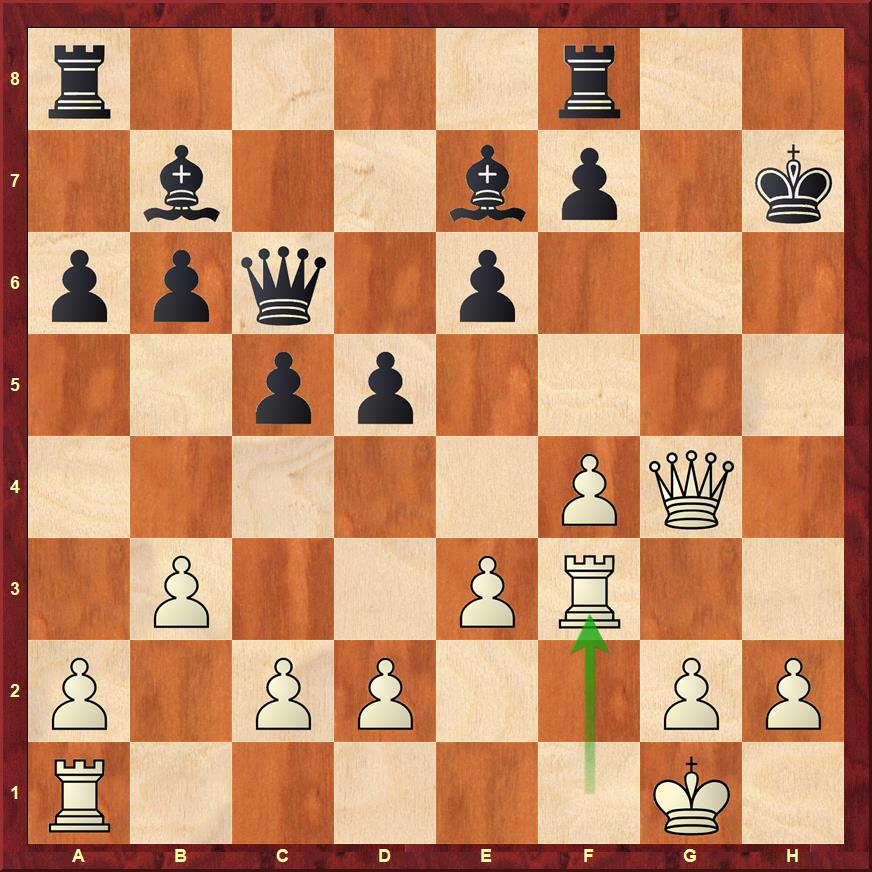
I am sure many of you have seen this famous Lasker's double bishop sacrifice checkmate. However, what interests me more than the checkmate is the study of whether Black had any defences and if so how could he have tried to put up more resistance.
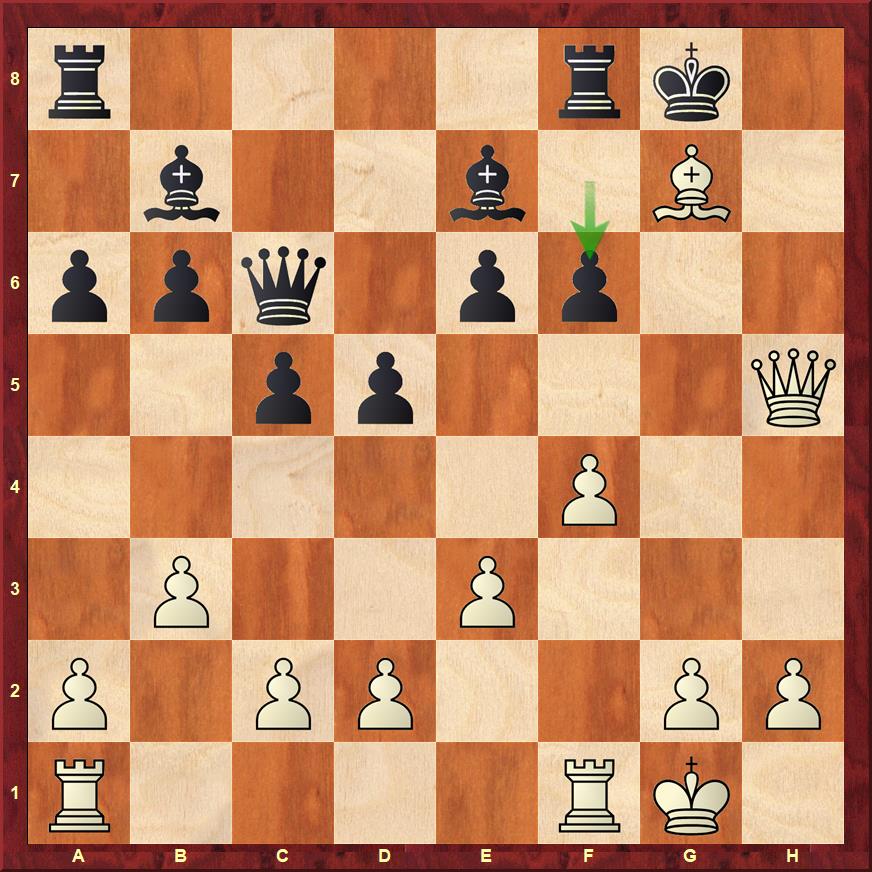
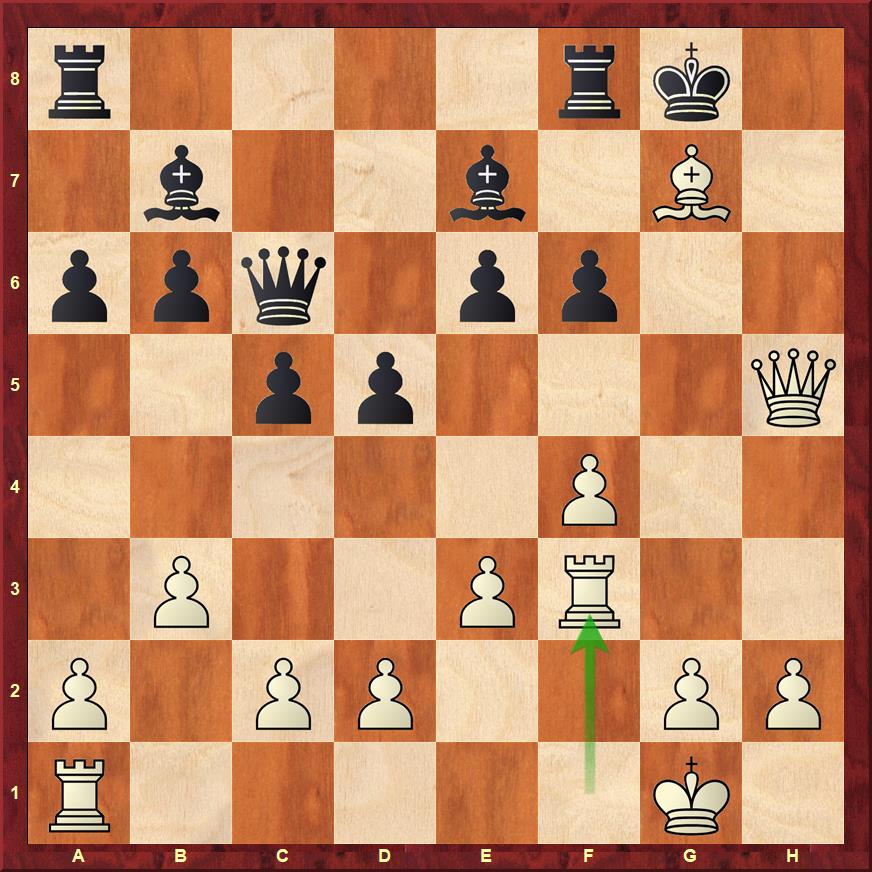
For example after 18.Rf3, Black could go for 18...Qe8 but White can check with 19.Qh8+ Kf7 and 20. Qh7! When Black is still stuck and moving the queen from e8 with 20...Qd8 is met with 21.Qh5+! Kg8 22.Rg3! It's game over! I personally think that this variation was very instructive and when you see the game like Lasker-Bauer, you must try to analyze Black's defences. By analyzing these defences, you get a better feel for the dynamics of the position: the queen on c6 was not the best placed. Even the bishop on e7 was sometimes blocking king's escape and so on.
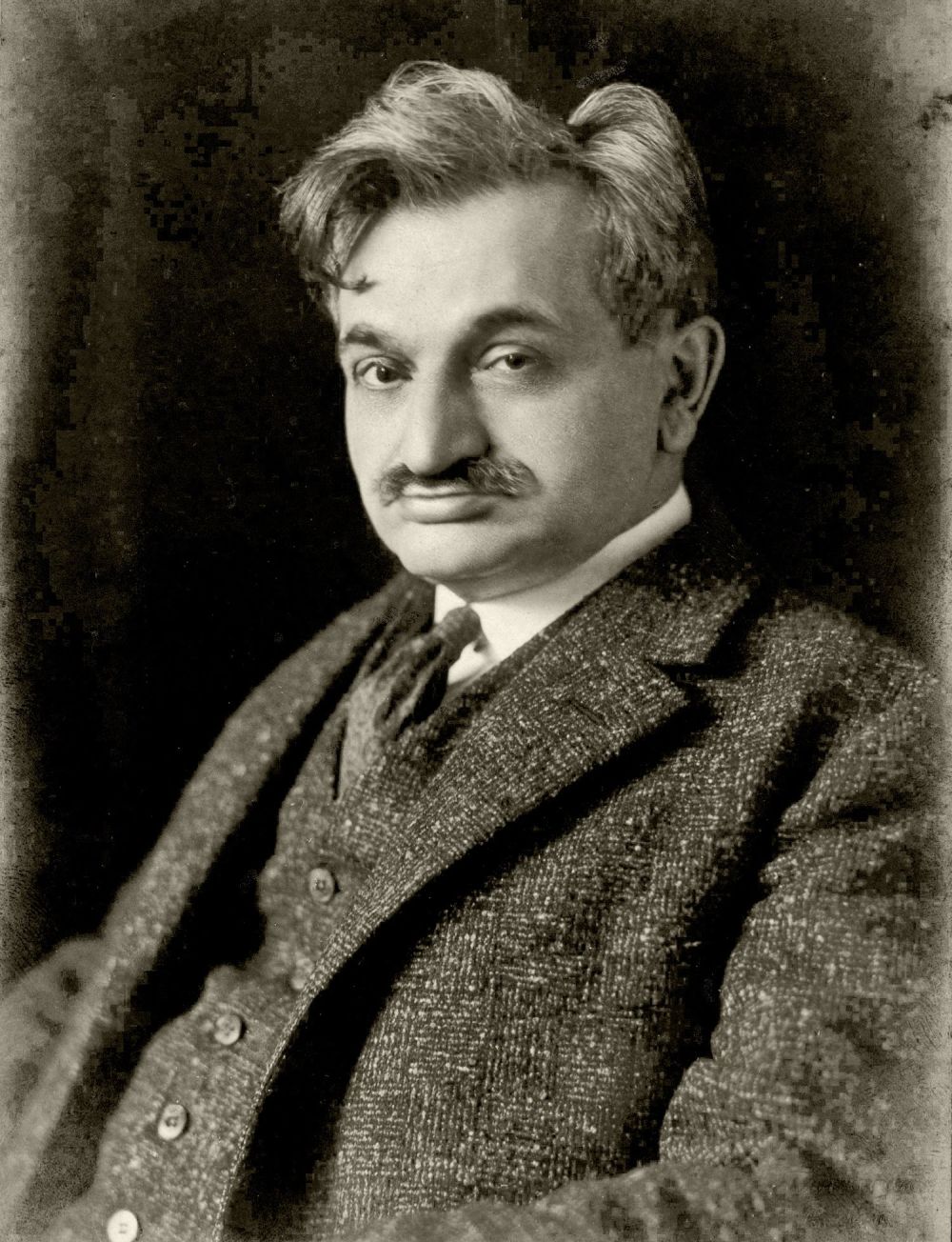
Tale no. 2: Gukesh vs Praneeth Vuppalla
I went to the national under-11 2017 on the last day of the tournament. There were so many talents around me. The brightest of them was the winner D.Gukesh. I asked Gukesh to show me his favourite game from the event and it was his battle against Praneeth Vuppala.
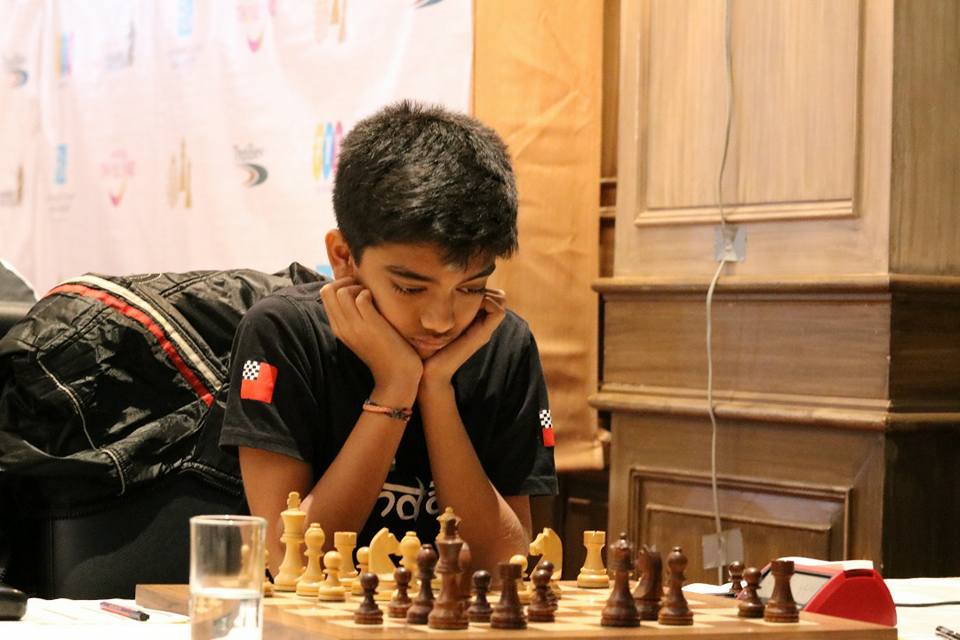
Praneeth Vuppala - D.Gukesh
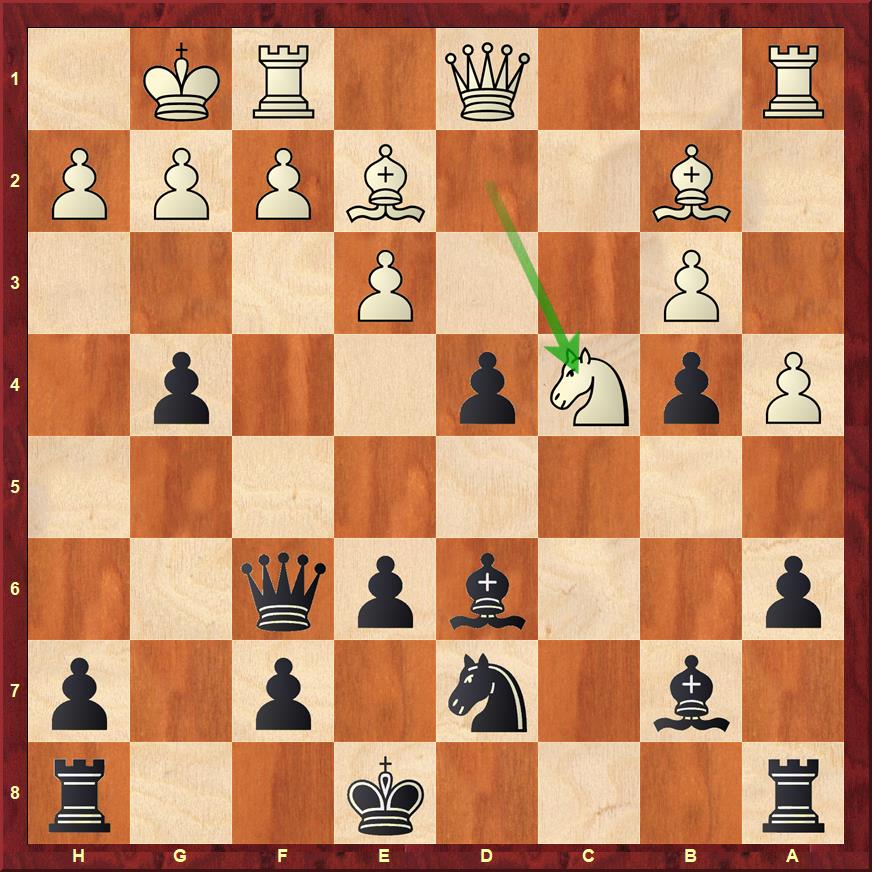
I think you must not even have blinked to find to out the move 17...Bxh2+! White took the bishop and then followed 18...Qh4+ 19.Kg1.
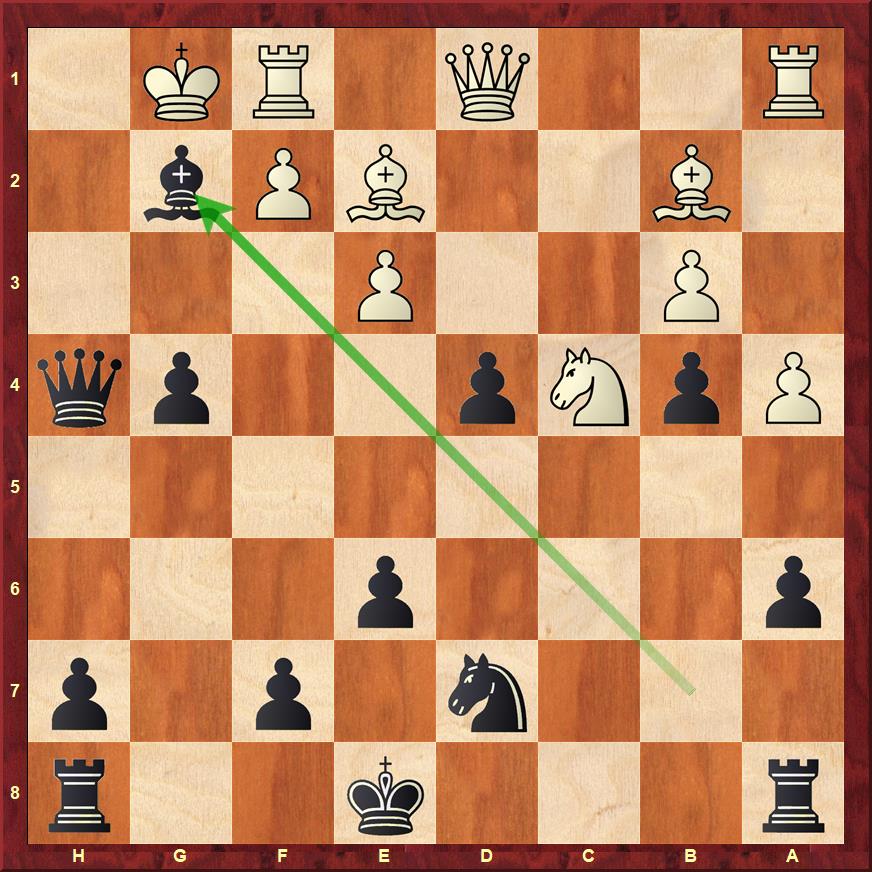
Now in the game, Black took the bishop. But from the analysis of Lasker versus Bauer we know that moving the f-pawn is a possible defence. Hence we must consider 20.f4!?
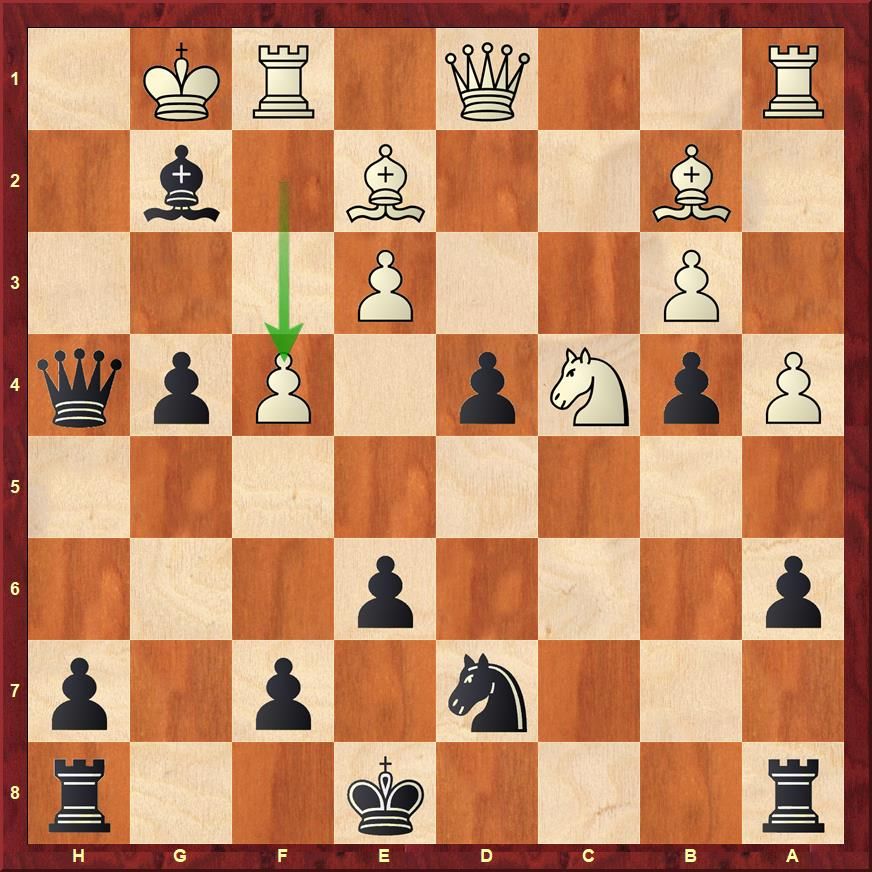
If you look closely, you will realize that 20...g3 fails to 21.Kxg2 Qh2+ and the king runs away on f3. Hence, it is important to begin with 20...Qh1+ 21.Kf2 and here comes the key move....


In the game instead of pushing his f-pawn on move 20, Praneeth took the bishop with 20.Kxg2 and Gukesh was swift to follow it up with 20...Qh3+ 21.Kg1

After 22.fxg3 Qxg3+ 23.Kh1 Qh3+ 24. Kg1 Rg8+! sealed the deal and Gukesh won the game!
The similarities between Lasker versus Bauer game did exist, but there were also some differences. The g-pawn played a very crucial role here and it opened the route for the rook on h8 to join the game.
Tale no.3: Emir Dizdarevic vs Tony Miles
The great Tony Miles was well known for his original thinking and fresh ideas. The position that you have in front of you shows those qualities in ample measure. This one is taken from Daniel King's latest DVD Powerplay 26.
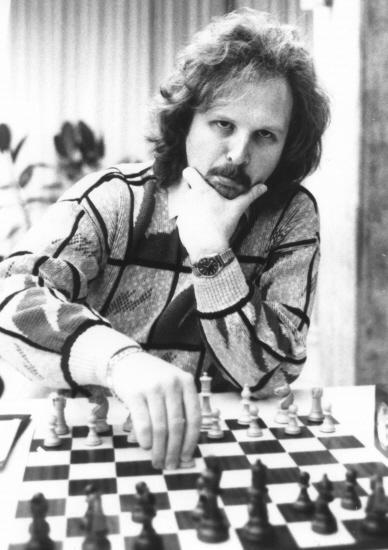
Dizdarevic - Miles
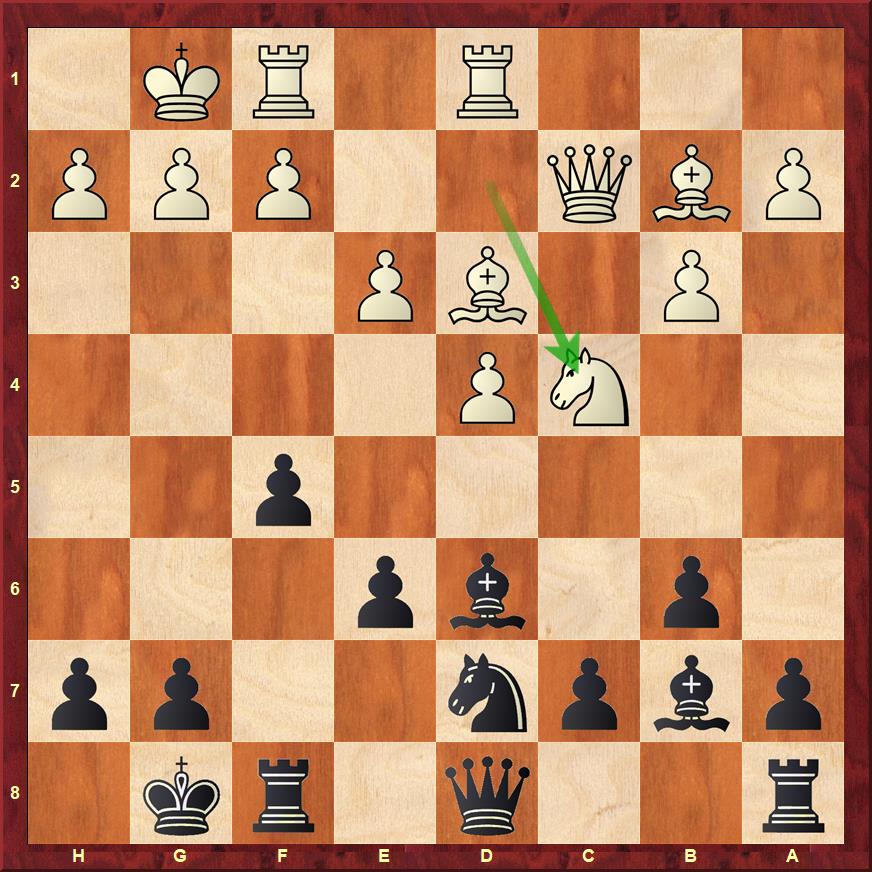

If the bishop is taken with Kxg2, then everything works like clockwork after 16....Qg4+ 17.Kh1 Rf6! and it is a forced mate. However, White has the powerful move 17.f3!

Here Black does not have time for 17...Rf6 as after 18.Qxg2 Rg6 19.Qxg6! hxg6 20. Rf2
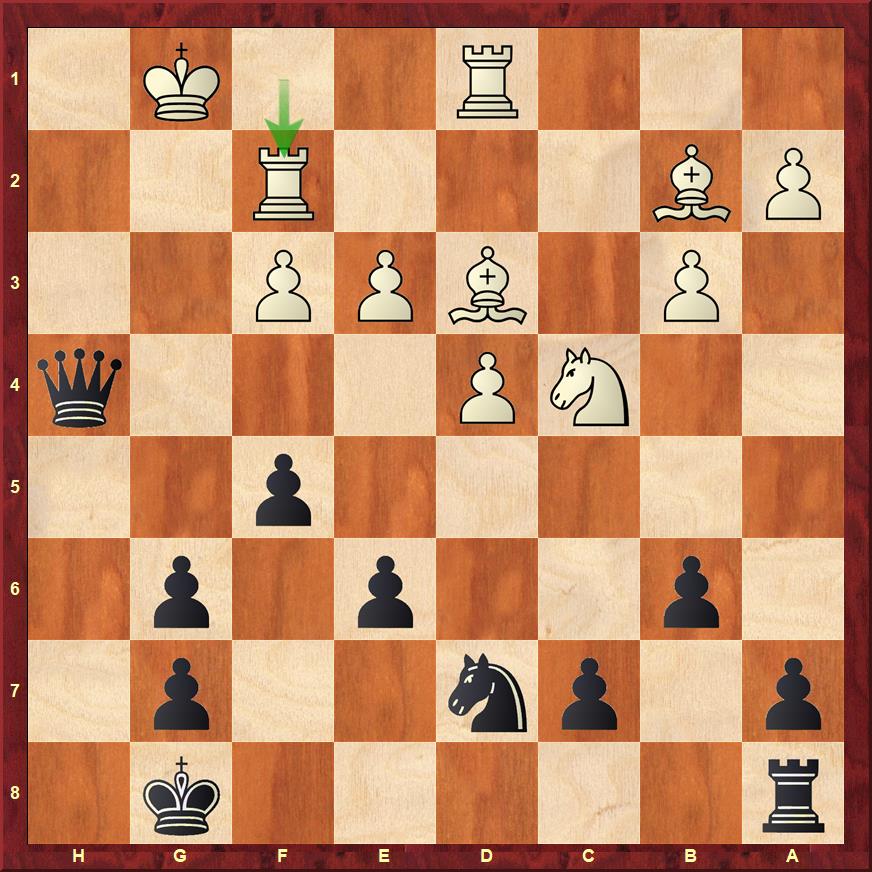

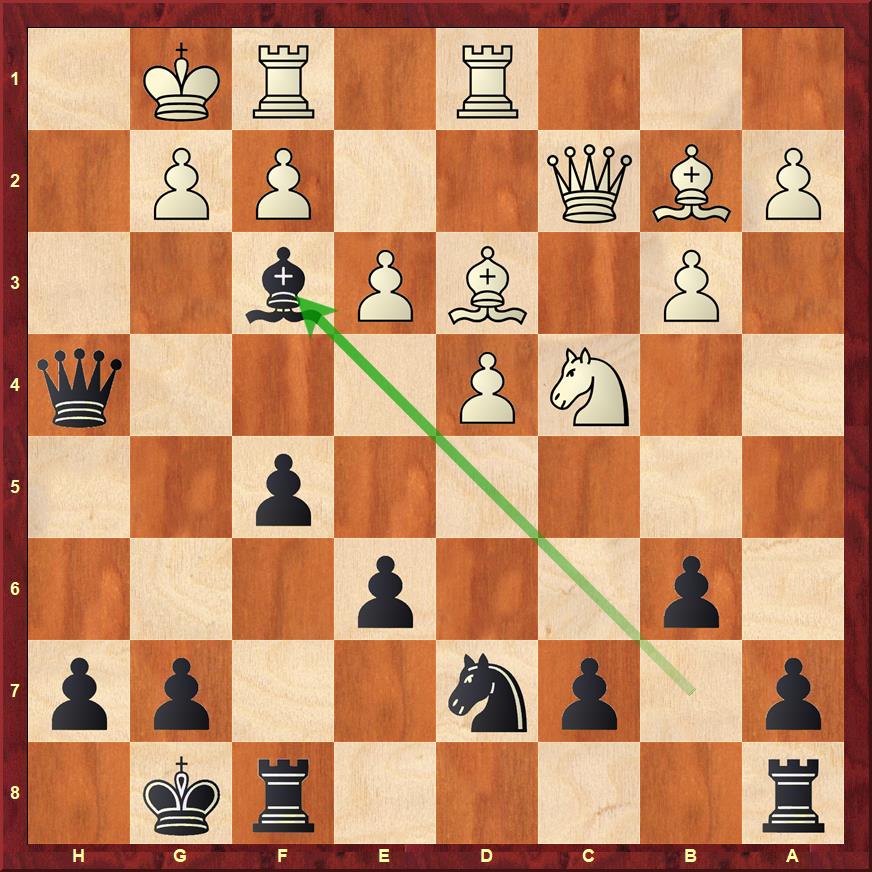
Dizdarevic played 16.Nd2, but now the queen on c2 is blocked!
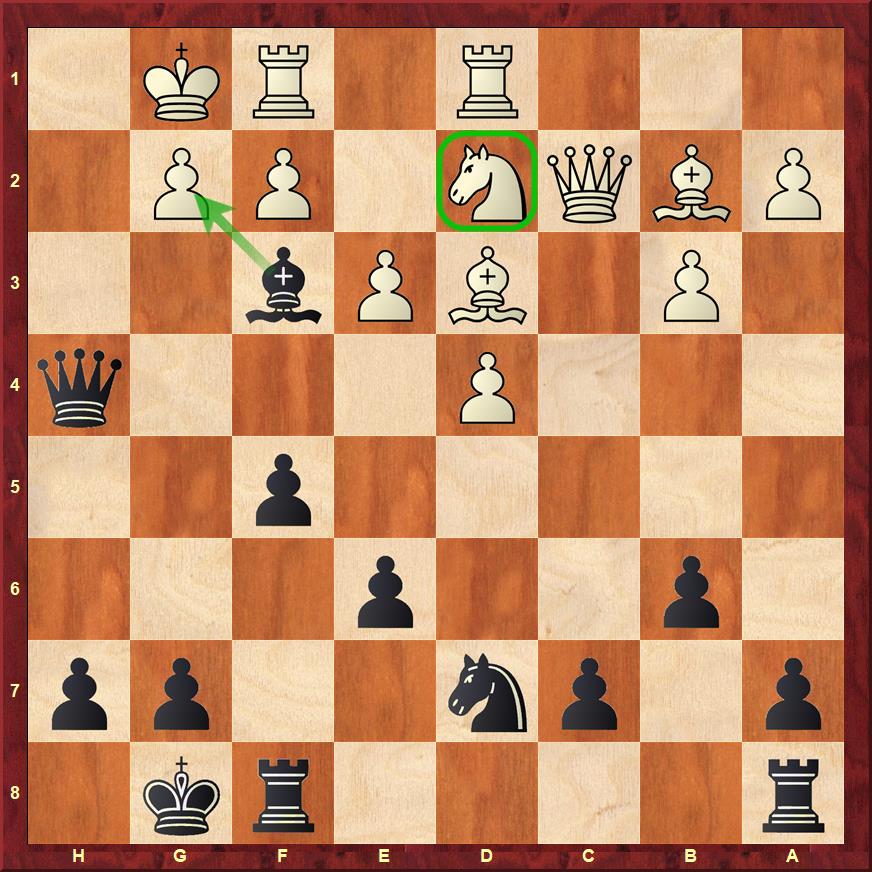
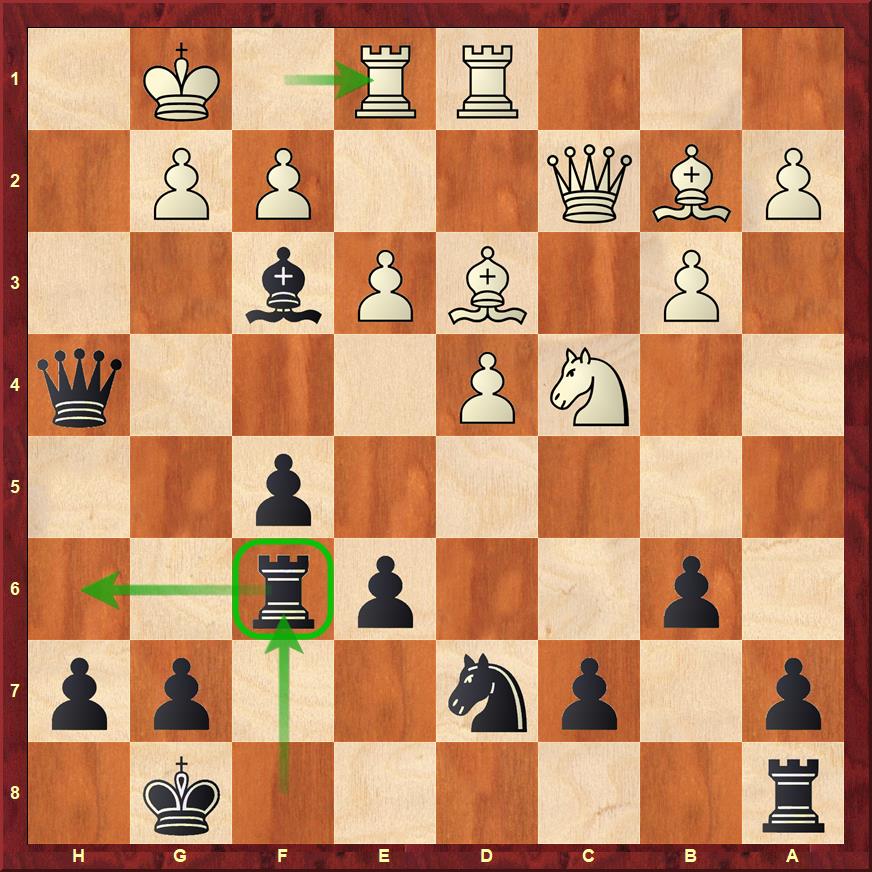
I think Tony Miles' ...Bf3 is easy to find if you have studied the games Lasker-Bauer and Gukesh-Vuppala and made a deep study of various possibilities for the defender. Once you study such positions in depth, the patterns stick to your head and you are able to make better decisions in your games.
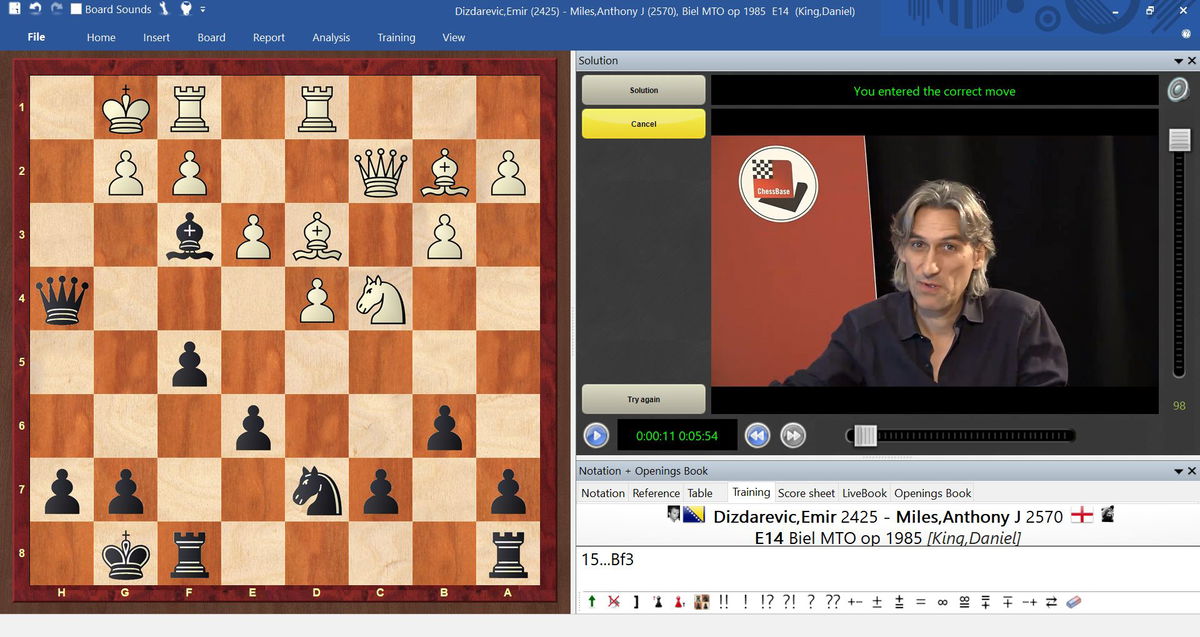
Powerplay 26: Checkmate challenge - essential knowledge by Daniel King

On this DVD 100 puzzles are presented, divided into 10 groups of 10 positions. Naturally, Level 1 is the easiest, and the puzzles increase in difficulty right through to Level 10. From beginner to brain-buster. You can jump in at whatever level you wish, but try to solve all ten positions on each level before you move on to the next.
Instant feedback
After each puzzle is presented, you have to play out the solution on the board. Daniel King will tell you whether your move is correct in a video afterwards. It might help if you set up the positions on a real chess set rather than trying to solve the positions from the screen – analysing with a real chess set is more like a real game situation.
Typical motifs
The checkmating motifs that you’ll encounter here are quite typical (most come from real games). Knowledge of these ideas is not only essential, but you are going to encounter some beautiful ideas. So, concentrate, have fun and enjoy discovering the checkmates!
• Video running time: 5 h 51 min(English)
• With interactive training incuding video feedback
• Extra: additional database with mating excercises
• Including CB Reader
Buy Daniel King's Powerplay 26: Checkmate Challenge - essential knowledge
Other latest products launched in the ChessBase India shop:
If you are looking for long term improvement and a course which can help you to take that big leap towards becoming a stronger player, we would recommend to you all of Daniel King's Powerplay DVDs 1-26. Apart from having this world class training material, you will also get a 29% discount because you bought all of them together.
If you are in mood to play an aggressive system as black against 1.d4 then you should definitely think about Lawrence Trent's Albin Counter Gambit:
The all new Opening Encyclopaeida 2018 has been released. It has 1073 opening articles written by top grandmasters that help you to prepare any opening in depth from A00 to E99.
If you already had Opening Encyclopaedia 2017, you can update to 2018 for half the price:

